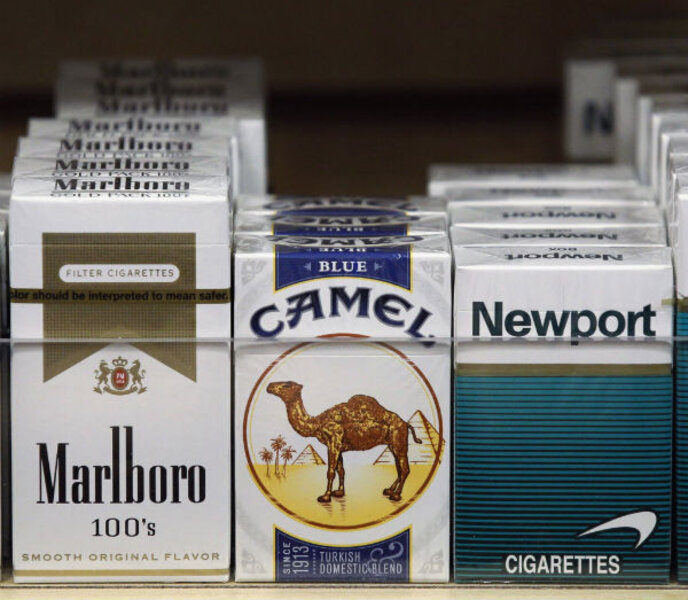Underage tobacco sales bottom out
Loading...
| Richmond, Va.
New statistics show that the sale of tobacco to minors in the U.S. were held near all-time lows last year under a federal-state inspection program intended to curb underage usage.
The violation rate of tobacco sales to underage youth at retailers nationwide has fallen from about 40 percent in 1997 to 9.1 percent in the last fiscal year, according to a Substance Abuse and Mental Health Administration report released Tuesday. The rate, which reached an all-time low of 8.5 percent in 2011, is based on the results of random, unannounced inspections conducted at stores to see whether they'd sell tobacco products to a customer under the age of 18.
A U.S. Surgeon General's report issued last year found that more needs to be done to prevent young Americans from using tobacco, including stricter smoking bans and higher taxes on tobacco products. According to that report, almost one in five high school-aged children smokes. That's down from earlier decades, but the rate of decline has slowed. It also said that more than 80 percent of smokers begin by age 18 and 99 percent of adult smokers in the U.S. start by age 26.
The inspection program, named for late U.S. Rep. Mike Synar of Oklahoma, is a federal mandate requiring each state to document that the rate of tobacco sales to minors is no more than 20 percent at the risk losing millions in federal funds for alcohol and other drug abuse prevention and treatment services.
Frances Harding, director of the federal agency's Center for Substance Abuse, said that while the program has made "remarkable strides," far more needs to be done to curb underage tobacco use.
In the last fiscal year, 33 states and Washington, D.C., reported a retailer violation rate below 10 percent, according to the Tuesday report. It was the seventh time that no state was found to be out of compliance. Maine reported the lowest rate of 1.8 percent, and Oregon reported the highest rate at 17.9 percent.
The latest federal data shows that about 14 percent of minors reported buying their own cigarettes in stores in 2011, down from 19 percent a decade earlier, suggesting that children may instead be getting their cigarettes and tobacco products from places other than convenience stores or gas stations.





